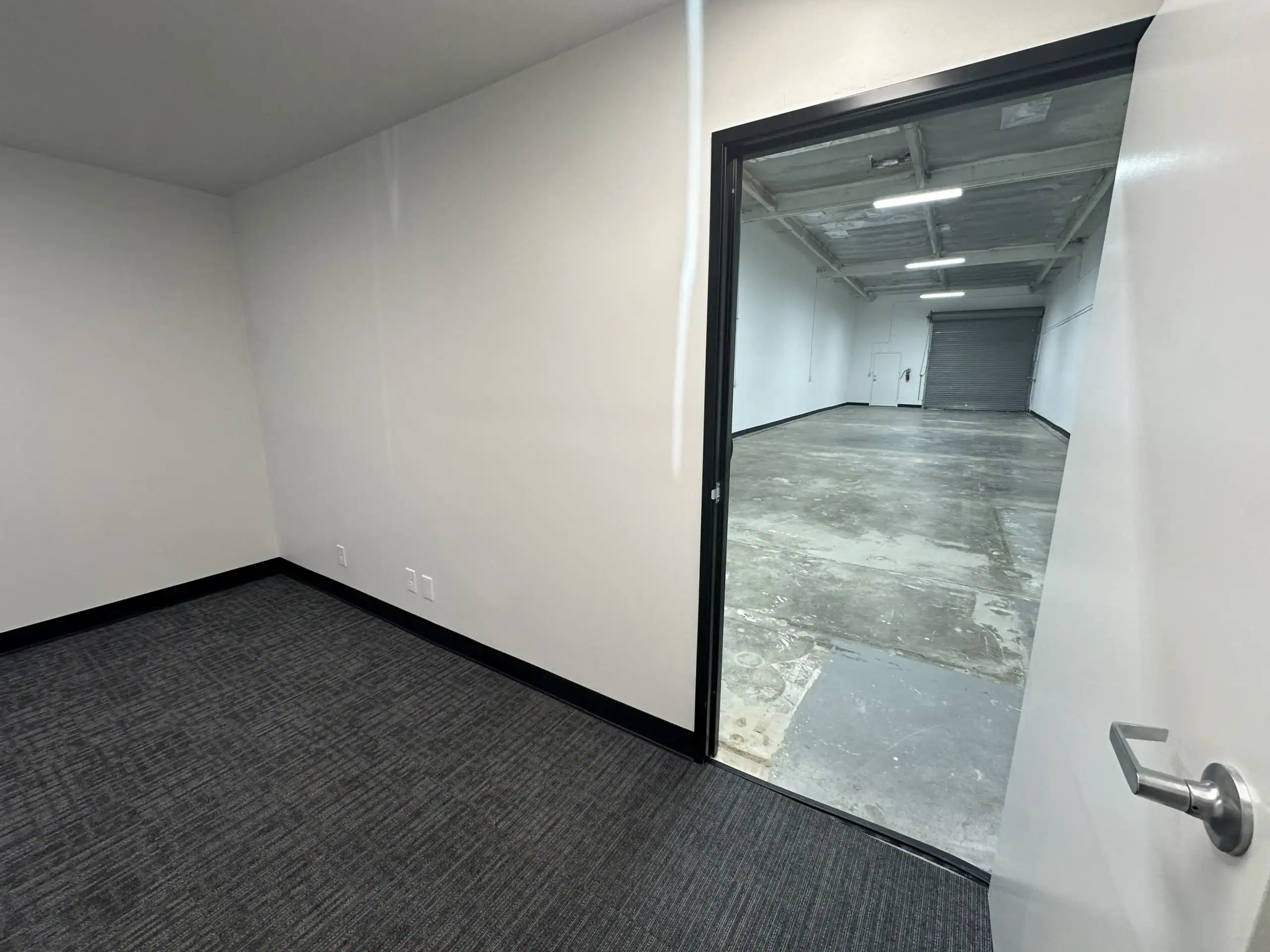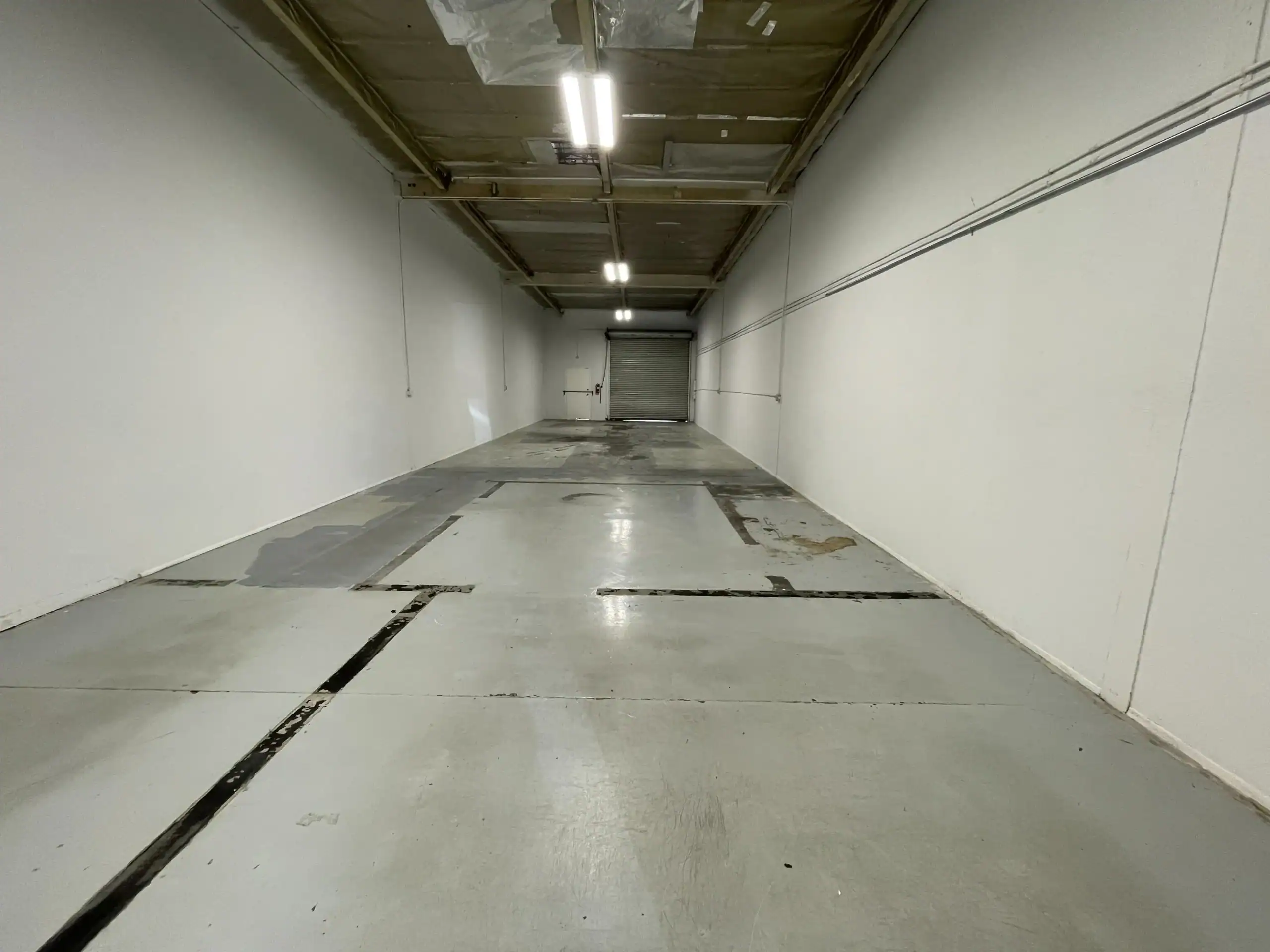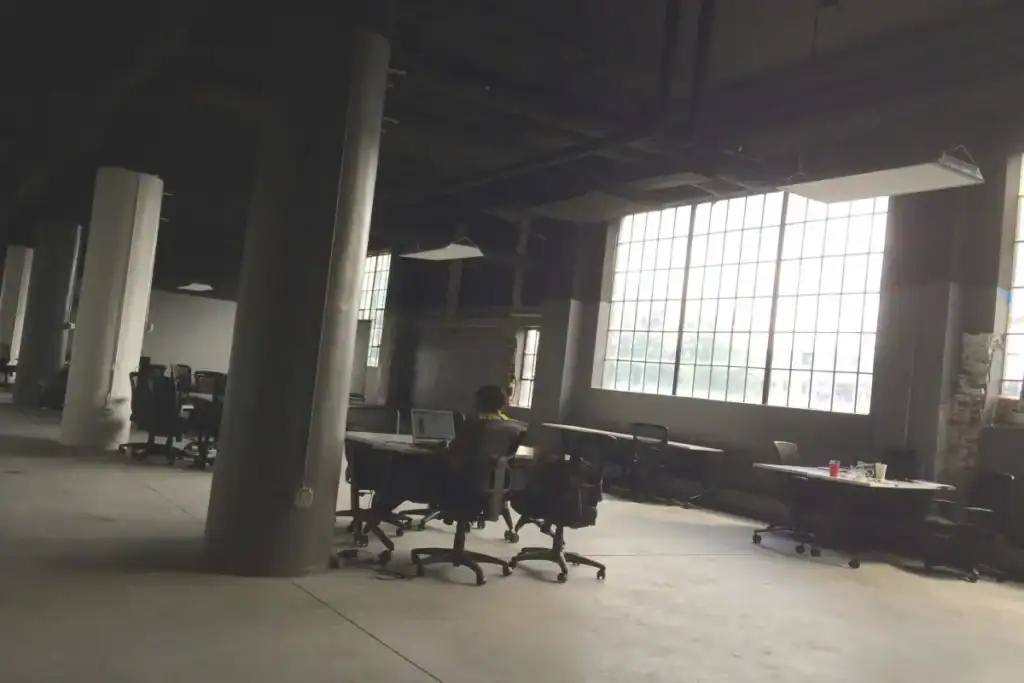Last Updated: November 2025 | Reading Time: 8 minutes | Author: KEYZ Commercial Real Estate Advisory Team
Why Demand for Smaller Flex Spaces Is Rising
Across Southern California and the Inland Empire, the commercial real estate landscape is shifting. While large industrial and logistics facilities have dominated recent development cycles, another category is experiencing record demand: smaller flex spaces, typically under 10,000 square feet.
From fast-growing startups to established service providers and e-commerce micro-brands, businesses are embracing flexible, cost-efficient, hybrid spaces that fit their operational needs without excessive overhead.
This guide breaks down the market forces behind the surge in flex demand and offers insights for owners, investors, and tenants navigating today’s competitive landscape.
What Exactly Are Smaller Flex Spaces?

Smaller flex spaces typically range from 1,500 to 10,000 square feet and include a blend of:
- Warehouse or light industrial
- Office or creative workspace
- Showroom or customer-facing space
- Storage, production, or fulfillment areas
These units support multiple business functions from a single, efficient footprint.
Common users include:
- E-commerce and DTC brands
- Contractors and specialty trades
- Light manufacturing
- Professional service firms
- Automotive and EV-related businesses
- Startups transitioning out of garage or home-based operations
Market Forces Driving Demand for Smaller Flex Spaces
Growth of Small and Mid-Sized Businesses
Small businesses make up over 99 percent of U.S. companies, according to the SBA. Southern California’s entrepreneurial density increases demand for right-sized industrial and hybrid workspaces.
Startups and SMBs seek:
- Low overhead
- Flexible layouts
- Room to scale
- Professional image
Smaller flex units check every box.
Hybrid Business Models
Post-pandemic operations now blend:
- Office
- Storage
- Production
- Distribution
A 2,000 to 5,000 SF flex layout allows businesses to consolidate these functions efficiently.
Cost Efficiency
Compared to large industrial, Class A office, or retail spaces, smaller flex units offer:
- Lower base rent
- Lower CAM fees
- Lower utilities
- Better space utilization
For growing companies, flex space preserves cash flow and reduces risk.
Limited New Development
Developers continue prioritizing large-scale industrial projects, which:
- Pencil more easily
- Attract national tenants
- Offer construction efficiencies
As a result, new supply of small-bay flex space is extremely limited, driving competition and rent growth.
E-Commerce and Micro-Fulfillment
Small brands now operate from small-bay industrial layouts that support:
- Inventory storage
- Product assembly
- Fulfillment
- Office functions
Smaller flex units are the perfect operational match.
Tenants Want Modern, Move-In Ready Flex Space
Newer small-bay products offer professional office buildouts, higher aesthetic standards, and efficient warehouse functionality — greatly increasing demand.
Spotlight: State Road Flex — A New Standard for Modern Flex Industrial

State Road Flex exemplifies next-generation small-bay design, offering modern, efficient layouts for today’s hybrid business models.
Key attributes include:
- Flexible floorplans suitable for office, warehouse, or mixed use
- Contemporary design and curb appeal
- Professional office buildouts
- Efficient warehouse layouts
- Strong access and parking ratios
Projects like State Road Flex highlight what tenants are seeking as flex space standards evolve.
Explore the project:
StateRoadFlex.com
Inland Empire & Southern California Market Snapshot
Featured Flex Opportunity in Ontario, CA

KEYZ Commercial is marketing a flex unit in Ontario, CA — a strong example of today’s in-demand small-bay product. With its functional layout, accessibility, and flexible use potential, this unit is ideal for hybrid business operations.
Explore the listing:
https://go.keyzcre.com/OntarioListing
What This Means for Property Owners and Investors
Investor Advantages
- Lower vacancy
- Faster lease-up
- Broad tenant appeal
- Solid rent growth
- Strong long-term performance
Owner Advantages
Owners benefit from:
- Consistent tenant interest
- Lower maintenance costs
- Strong renewal rates
- Ability to adjust rents with shorter lease terms
Pro Tips for Owners, Investors, and Tenants
For Property Owners
- Modernize older flex buildings to attract premium tenants
- Use shorter terms when rents are rising
- Improve exterior appeal for stronger impressions
For Investors
- Target small-bay industrial parks with strong freeway access
- Seek varied unit sizes and flexible demising options
- Stagger lease expirations to capture upside
For Tenants
- Start your search early due to low inventory
- Evaluate power, zoning, parking, and loading carefully
- Work with KEYZ Commercial for access to off-market options
How to Make This Market Work for You
Demand for smaller flex spaces continues to rise because these properties solve real operational challenges for growing businesses. They offer the flexibility, functionality, and cost-efficiency that operators want while delivering reliable performance for owners and investors.
If you’re considering leasing, acquiring, or repositioning a flex property, now is an excellent time to evaluate opportunities in Southern California and the Inland Empire. Acting early gives both owners and tenants a competitive advantage in a tight market.
For advisory guidance tailored to your goals, connect with the KEYZ Commercial team:
https://keyzcre.com/contact
FAQs
What is driving demand for smaller flex spaces?
Small business growth, hybrid work needs, and strong e-commerce expansion.
Are smaller flex spaces a good investment?
Yes — limited supply and broad demand make small flex assets strong performers.
Which markets are strongest?
Southern California and the Inland Empire have some of the lowest small-flex vacancy rates nationally.
What types of businesses use flex spaces?
E-commerce, trades, creative and professional firms, light industrial operators, and more.

